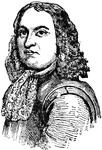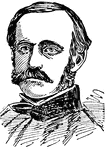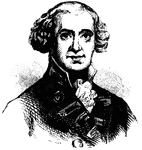Clipart tagged: ‘Admiral’

Admiral Pascual Cervera y Topete
Pascual Cervera y Topete (February 18, 1839 – April 3, 1909) served as Almirante (or Admiral)…
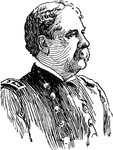
Charles Edgar Clark
Rear Admiral Charles Edgar Clark (10 August 1843 - 1 October 1922) was an officer in the United States…

Admiral David Farragut
Admiral Farragut entering Mobile Bay atop the rigging of his ship during the Civil War.

David Glasgow Farragut
David Glasgow Farragut (July 5, 1801 – August 14, 1870) was a flag officer of the United States…

Andrew Hull Foote
Andrew Hull Foote (September 12, 1806 – June 26, 1863) was an admiral in the United States Navy…
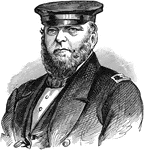
Louis Malesherbes Goldborough
Louis Malesherbes Goldsborough (February 18, 1805 - February 20, 1877) was an admiral in the United…

Richmond Pearson Hobson
Richmond Pearson Hobson (17 August 1870 - 16 March 1937) was a United States Navy Rear Admiral who served…

Stephen Bleecker Luce
Stephen Bleecker Luce (25 March 1827 – 28 July 1917) was a U.S. Navy admiral. He was the founder…

Rear Admiral John Rodgers
John Rodgers (8 August 1812 – 5 May 1882) was an admiral in the United States Navy.
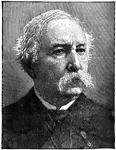
Stephen Clegg Rowan
Stephen Clegg Rowan (1808 – 31 March 1890) was an admiral in the United States Navy who served…

William Thomas Sampson
William Thomas Sampson (9 February 1840 – 6 May 1902) was a United States Navy admiral known for…
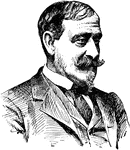
Winfield Scott Schley
Winfield Scott Schley (9 October 1839 - 2 October 1911) was an admiral of the United States Navy.
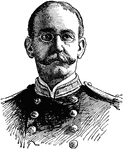
Charles Dwight Sigsbee
Charles Dwight Sigsbee (January 16, 1845 - July 13, 1923) was an admiral in the United States Navy.

Admiral Silas H. Stringham
"Rear admiral Stringham, born in Middletown, Orange County, N. Y., November 7th, 1798; died in brooklyn,…
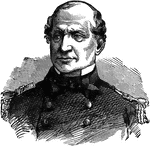
Silas Horton Stringham
Silas Horton Stringham (7 November 1798 - 7 February 1876) was an admiral in the United States Navy.

